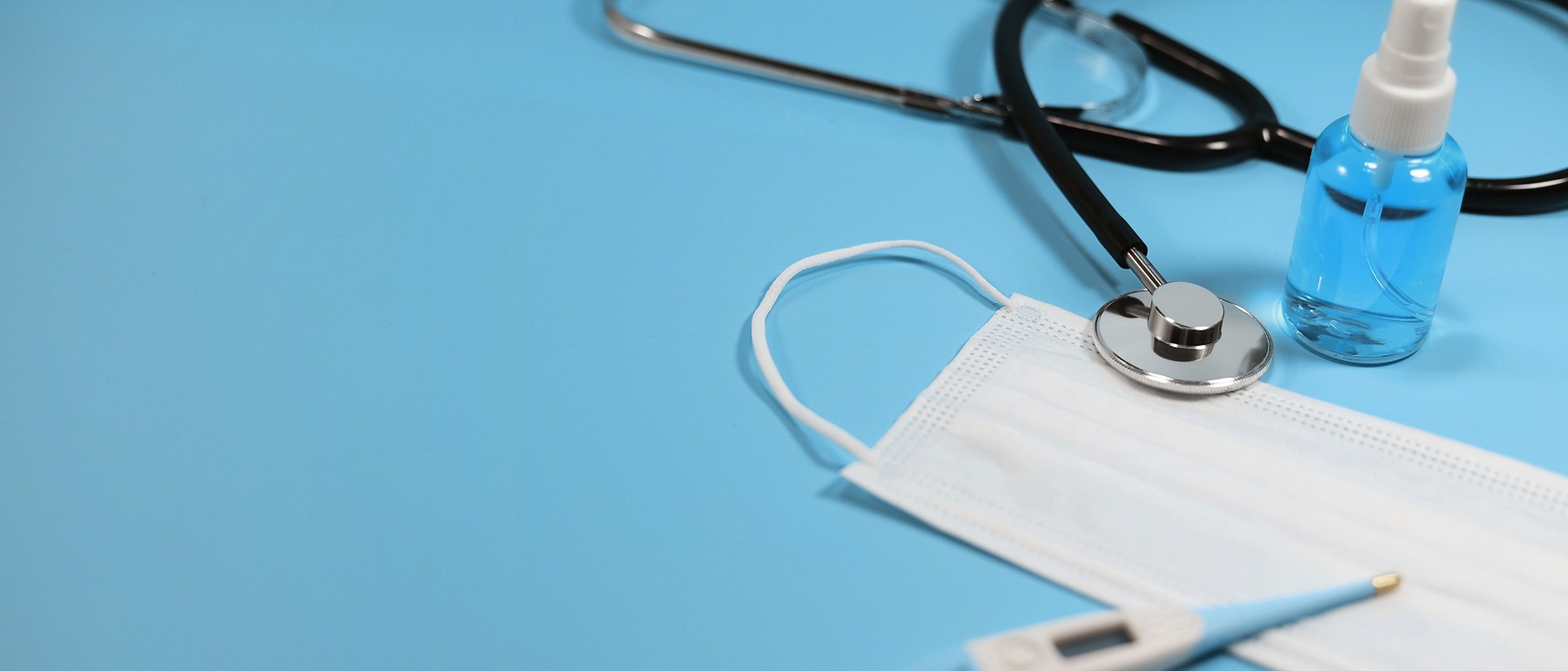| Product Name |
Superquick Western Assay Kit for GAPDH |
| Catalog No. |
WBDK-YJL-0006 |
| Description |
It only takes 10 minutes to get the internal reference protein GAPDH band from the transferred blot. |
| Detection Target |
GAPDH |
| Detection Method |
Chemiluminescence |
| Storage |
Store at -20ºC for up to one year. |
| Intended Use |
For research use only. |
| Results |
Clear bands, low background, high sensitivity |
| Background |
Western, also known as western blot, western blotting, often abbreviated as WB, is one of the important methods for detecting protein levels using antibodies.
Internal reference proteins are constitutively expressed in various tissues and cells, and their expression levels are relatively constant and rarely affected by external inducers. Therefore, they are widely used as a reference for whether the amount of Western protein loading is consistent. However, different cells, tissues, different conditions, and even different protein loading amounts will have a certain impact on the detection of internal reference proteins, so it is recommended to detect one or more internal reference proteins. |
| Packing List |
Anti-GAPDH-HRP, blocking and antibody diluent, western washing solution, chemiluminescent substrate reagent A solution, chemiluminescent substrate reagent B solution |
| Features |
The primary antibody and secondary antibody incubation are combined into a one-step operation, which is easy to use and has low background. It includes a complete set of reagents from blocking to chemiluminescence. After the transfer is completed, high-quality western results of the internal reference protein can usually be obtained within 10 minutes, which can greatly speed up the detection of the internal reference protein. |
| Application |
It can be used for the detection of GAPDH in humans, mice, and rats. It is recommended to conduct preliminary experiments on other species. |
| Application Type |
Western blot internal reference protein rapid detection |
| Quick Protocol |
1. Blocking
Place the membrane into a box containing 5 ml blocking & antibody dilution buffer.
Gently shake at room temperature for 1 minute.
For smaller membranes (~2 × 8.5 cm), use 2 ml buffer.
Tip: blocking time can be extended if needed.
2. Antibody Incubation
Prepare antibody solution: Dilute 10 μl Anti-GAPDH-HRP into 5 ml buffer (1:500).
Dilution range: 1:250 to 1:1000, depending on target abundance.
Remove blocking buffer and add 5 ml antibody solution (or 2 ml for smaller membranes).
Gently shake for 5 minutes at room temperature.
Recover antibody solution for reuse.
Wash the membrane 3× for 30 seconds each with 10 ml western wash buffer.
For smaller membranes: use 4 ml/wash.
3. Detection
Prepare chemiluminescent substrate reagent working solution: mix 0.5 ml reagent A + 0.5 ml reagent B.
For smaller membranes: use 0.2 ml each, total 0.4 ml.
After washing, remove excess liquid and place the membrane on clean plastic wrap.
Apply 1 ml working solution evenly and incubate for 1 minute.
Discard solution, blot excess, seal membrane in plastic wrap, and detect using a chemiluminescence imager or X-ray film. |
| Recommended Using Conditions |
Blocking for 1 min, antibody incubation for 5 min, wash 3×30 s, incubation for 1 min, imaging within 0.5 min. |
| Hazard Statements |
Chemiluminescent substrate reagents A and B are harmful to the human body and require protection during operation. |
| Total Time of Experiment |
About 10 minutes (from transfer to obtaining the target protein band) |
| Compatible Temperature Conditions |
Primary and secondary antibody incubations are combined into a single step, usually incubated for 5 minutes at room temperature before subsequent washing and detection. |
| Blocking Solution Action Time |
1 minute |
| Blocking and Antibody Dilution Buffer Features |
Can be used for both membrane blocking and antibody dilution simultaneously. |
| Developer Features |
High sensitivity, low background, long-term luminescence |
| Recommended Supporting Consumables |
Western membrane washing box: 9.0×6.0×3.3 cm; 5 grids, 14.5×9.8×3.5 cm |
| Blotting Membrane Sizes and Recommended Usage Times |
6.6×8.5 cm blotting membrane: 6 times or 30 times
2×8.5 cm blotting membrane: 15 times or 75 times |
| Note |
For your safety and health, please wear a lab coat and disposable gloves during the operation. |



